
Subways are a vital component of urban transportation systems, providing a convenient and efficient way for millions of people to travel daily. However, navigating the subway system safely requires awareness and preparation. In this comprehensive guide, we’ll explore essential subway safety tips that cover various aspects of your journey, from personal safety and avoiding theft to understanding emergency procedures and maintaining general health and well-being. Whether you’re a seasoned commuter or a first-time rider, these tips will help you stay safe and secure on your subway travels.
1. Plan Your Journey
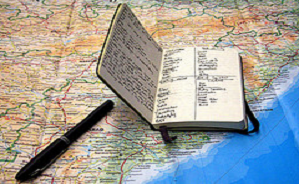
A. Know Your Route
Before leaving home, familiarize yourself with your route. Use reliable apps or websites to check the subway map, schedules, and any service changes or delays. Knowing your route in advance reduces the risk of getting lost and helps you stay focused on your surroundings.
B. Choose Well-Lit Stations and Entrances
Select stations and entrances that are well-lit and busy. Avoid isolated areas, especially at night, as they can be potential spots for criminal activities.
C. Travel During Peak Hours
When possible, plan your travel during peak hours when there are more people around. Crowded trains and platforms can act as a deterrent to criminals, reducing the likelihood of theft or assault.
2. Stay Alert and Aware
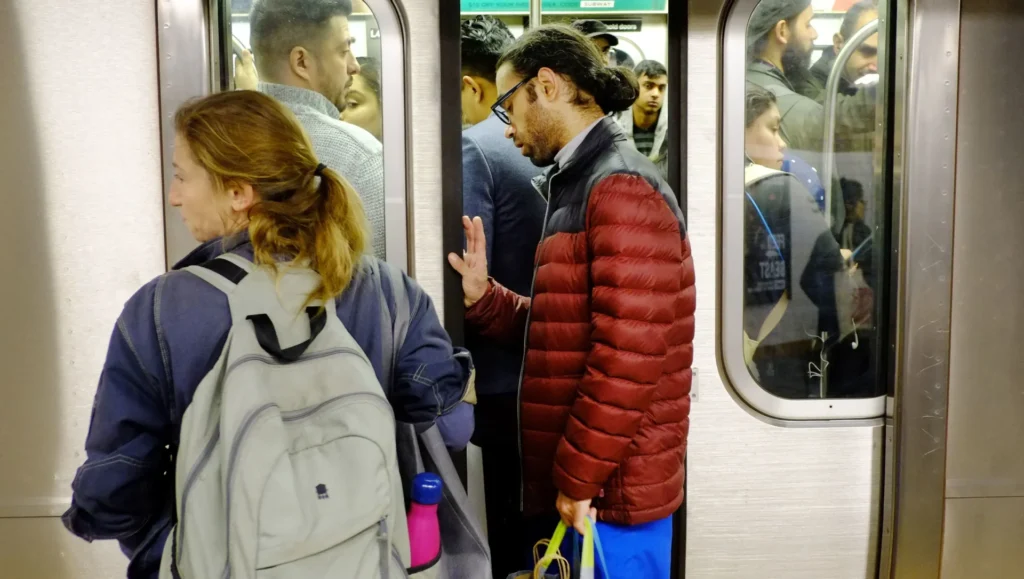
A. Keep Your Eyes and Ears Open
Avoid distractions like texting, reading, or using headphones. Staying alert allows you to notice any unusual behavior or potential threats. If you must use your phone, do so briefly and keep an eye on your surroundings.
B. Trust Your Instincts
If something or someone makes you feel uncomfortable, trust your instincts. Move to a different car, change your seat, or exit the train at the next stop if necessary. Your intuition is a valuable tool for staying safe.
C. Be Mindful of Your Belongings
Keep your belongings close and secure. Use bags with zippers or clasps and hold them in front of you. Avoid displaying valuable items like smartphones, tablets, or expensive jewelry, as they can attract unwanted attention.
3. Safe Boarding and Exiting
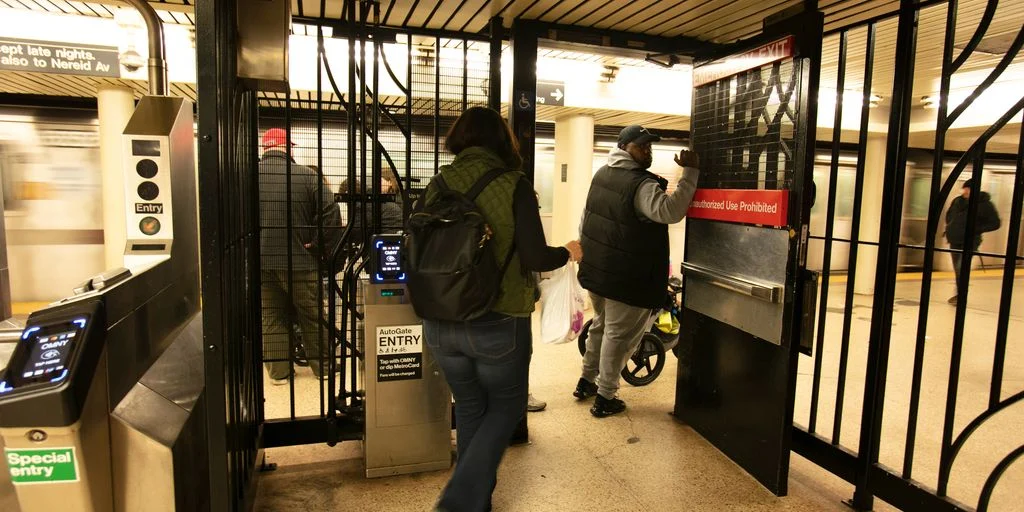
A. Wait Behind the Yellow Line
Stand behind the yellow line on the platform to avoid accidents. Trains can arrive quickly, and staying back ensures you won’t be too close to the edge.
B. Let Passengers Exit First
Allow passengers to exit the train before boarding. This not only shows courtesy but also prevents congestion and potential accidents at the doorways.
C. Hold Onto Handrails and Poles
Once on the train, hold onto handrails or poles to keep your balance. Sudden stops or jerky movements can cause falls, especially during crowded commutes.
D. Be Cautious with Closing Doors
Avoid trying to enter or exit the train when the doors are closing. Getting caught in the doors can cause injury or delays. If you miss your train, it’s safer to wait for the next one.
4. Personal Safety Tips
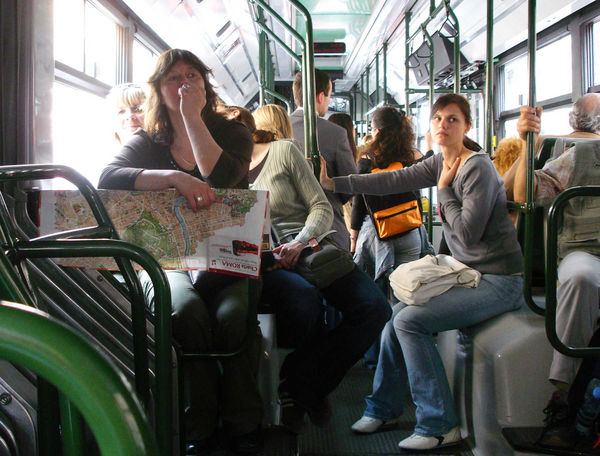
A. Stay in Well-Lit Areas
On the platform, stand in well-lit and populated areas. Avoid isolated spots, especially during late hours. Being visible reduces the risk of becoming a target for criminals.
B. Travel with Companions
Whenever possible, travel with friends or colleagues. There’s safety in numbers, and having someone with you can deter potential threats.
C. Report Suspicious Activity
If you notice suspicious behavior or unattended bags, report it to subway staff or use emergency intercoms. Prompt reporting can prevent potential threats and keep everyone safe.
5. Protect Yourself from Theft
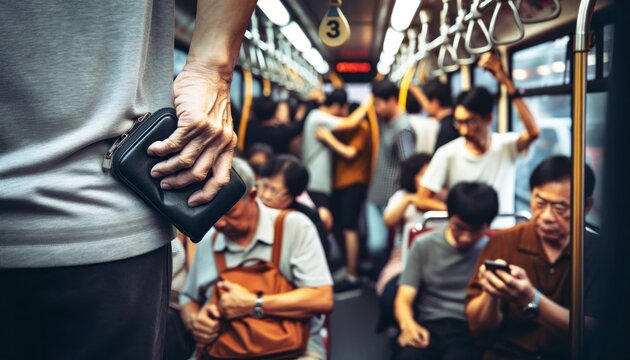
A. Keep Valuables Hidden
Keep your phone, wallet, and other valuables hidden when not in use. Pickpockets often target distracted passengers, so staying vigilant and keeping items out of sight can reduce the risk of theft.
B. Use Anti-Theft Bags
Consider using bags designed with anti-theft features such as slash-resistant straps, lockable zippers, and RFID-blocking pockets. These small investments can provide significant protection against theft.
C. Be Wary of Crowded Areas
Crowded trains and platforms are prime spots for pickpockets. In such situations, be extra cautious with your belongings and maintain awareness of your surroundings.
6. Emergency Preparedness
A. Familiarize Yourself with Emergency Exits
Take note of emergency exits and procedures in case of an evacuation. Knowing where to go and what to do can save valuable time during an emergency.
B. Follow Instructions from Subway Staff
In the event of an emergency, follow instructions from subway staff and emergency responders. Their guidance is crucial for ensuring a safe and orderly evacuation.
C. Stay Calm and Composed
Panic can exacerbate emergencies. Stay calm and composed, and assist others if possible. Keeping a clear head allows you to make better decisions and react effectively.
7. Health and Hygiene

A. Wash Hands Regularly
Subway systems can be breeding grounds for germs. Wash your hands regularly, especially after touching handrails, seats, or other surfaces. Use hand sanitizer if soap and water are not available.
B. Avoid Touching Your Face
Avoid touching your face, particularly your eyes, nose, and mouth, to reduce the risk of transferring germs and getting sick.
C. Maintain Personal Space
Whenever possible, maintain personal space to avoid the spread of germs. If the train is crowded, try to turn away from others and minimize contact.
D. Wear a Mask
In light of recent health concerns, wearing a mask can protect you and others from airborne illnesses. Follow local health guidelines and wear a mask when necessary.
8. Special Considerations for Women

A. Use Women-Only Carriages
Some subway systems offer women-only carriages during certain hours. If available, consider using these carriages for added safety and comfort.
B. Avoid Empty Cars
Avoid boarding empty or nearly empty cars, especially at night. Stay in cars with other passengers or near the conductor’s cabin for added security.
C. Stay Close to Other Women
If you’re traveling alone, try to stay close to other women or groups. This can create a sense of safety and deter potential harassers.
9. Tips for Night Travel
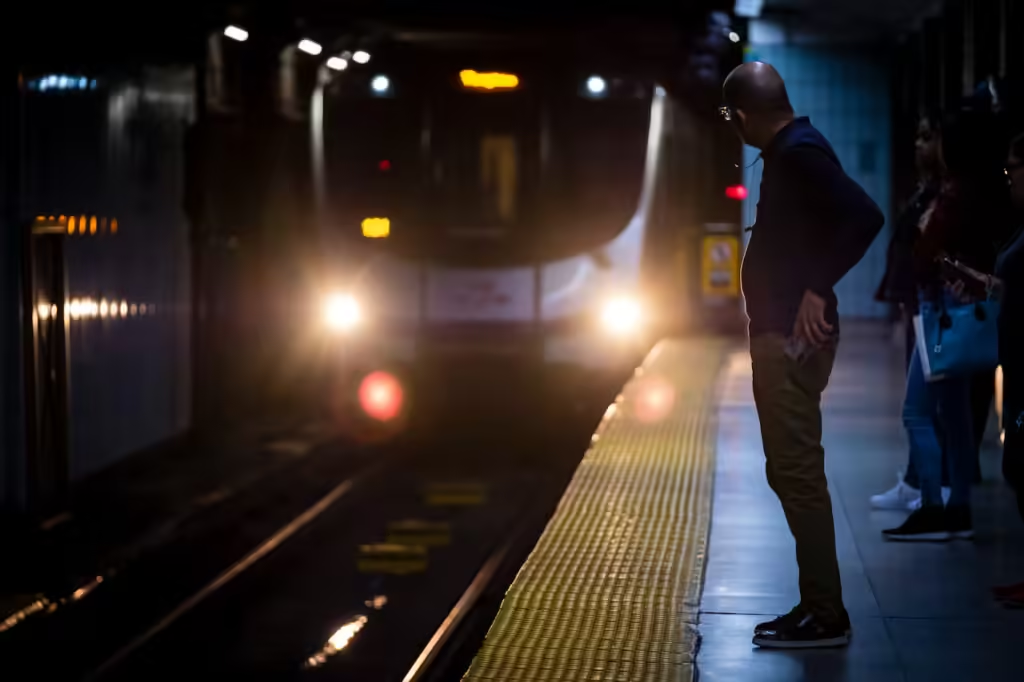
A. Plan Your Route in Advance
Plan your route and know your stops before traveling at night. Familiarity with your journey reduces the risk of getting lost and ensures a smoother trip.
B. Use Well-Lit and Busy Stations
Choose well-lit and busy stations for your entry and exit points. Avoid isolated or poorly lit areas to minimize potential risks.
C. Stay Vigilant
Stay extra vigilant at night. Be aware of your surroundings and avoid distractions like using your phone or listening to music with both earbuds in.
D. Inform Someone of Your Route
Let a friend or family member know your route and expected arrival time. Keeping someone informed adds a layer of security in case of any unexpected delays or issues.
10. General Etiquette and Safety
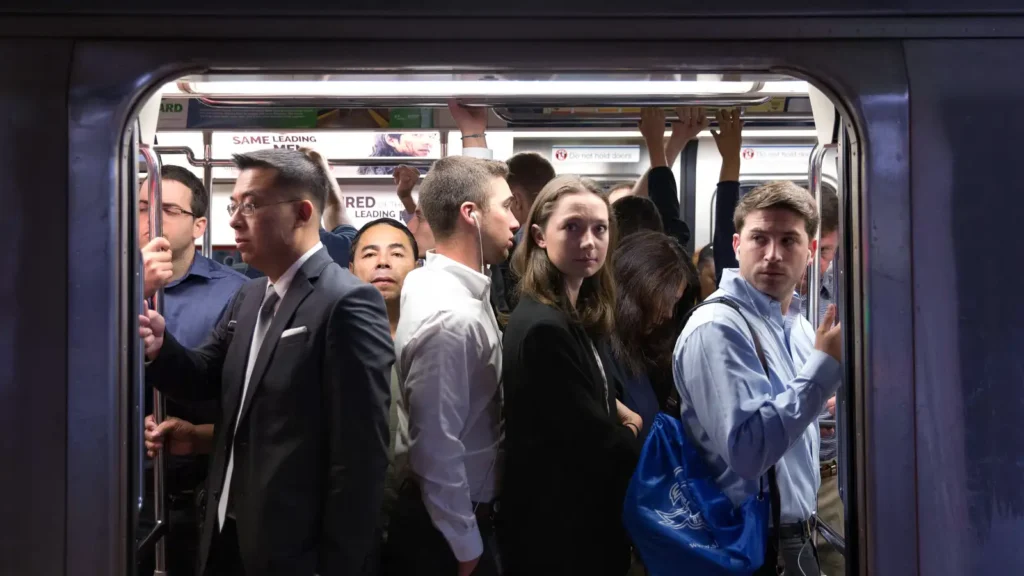
A. Respect Personal Space
Respect the personal space of fellow passengers. Avoid pushing, shoving, or standing too close to others, especially during crowded times.
B. Be Mindful of Your Belongings
Place bags on your lap or between your feet, not on seats. Keeping your belongings close minimizes the risk of theft and leaves space for other passengers.
C. Follow Subway Rules
Follow the rules and regulations of the subway system. This includes not eating or drinking, keeping noise levels down, and respecting priority seating areas for those who need them.
D. Use Designated Walkways
Use designated walkways and paths in stations. Avoid walking on tracks or entering restricted areas to prevent accidents.
E. Report Vandalism and Damage
Report any vandalism or damage to subway staff. Keeping the subway system clean and well-maintained benefits all passengers.
FINAL THOUGTH
Navigating the subway system safely requires a combination of awareness, preparation, and vigilance. By following these comprehensive subway safety tips, you can ensure a secure and smooth commute, protecting yourself and others from potential risks. Whether you’re a daily commuter or an occasional rider, these guidelines will help you make the most of your subway journey while staying safe and confident. Remember, safety is a shared responsibility, and by staying informed and proactive, you contribute to a safer and more enjoyable subway experience for everyone.